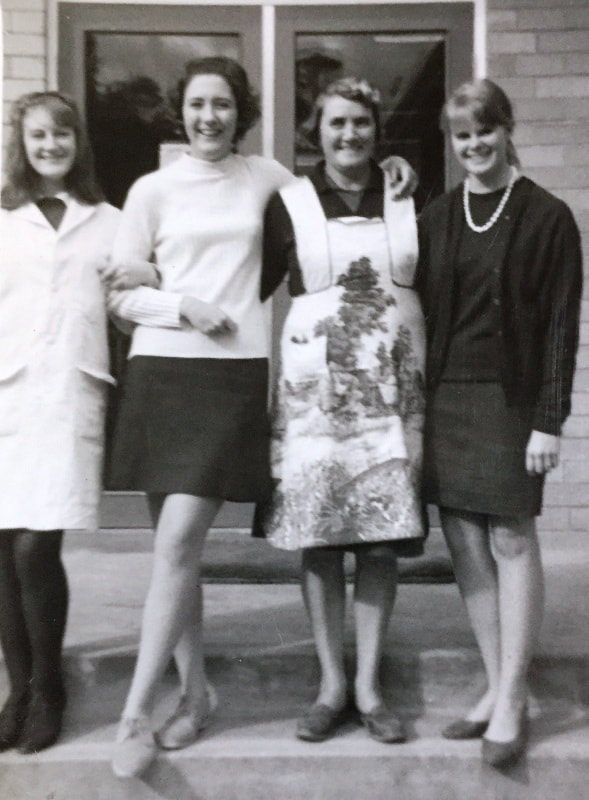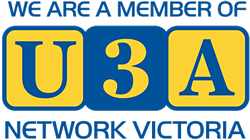Desiring to live a rural lifestyle, my husband, five children (including a newborn) and I moved to a 25-acre property within easy driving distance to the city but with no shops close by. We realized we needed a cow to provide milk for our brood. We saw an advertisement for a jersey cow and we bought her. The seller told us her name was Sally.
Sally was the most docile of animals and very easy to milk. Her milk was rich, creamy, and plentiful. I learned to make butter and cottage cheese and we had plenty of fresh pure cream. To get completely into the dairy scene, and to combat the hot Queensland weather, I asked my husband to build me a dairy with running water, benches, and refrigeration.
Then I had a setback. I found Sally lying in the shed and she was obviously not well. I went to the vet and he said that when a cow goes down, she rarely recovers and there would be no point in coming to see her. This information distressed me so he gave me medication and a syringe telling me where and how to insert it into the cow. I had never stuck a needle in any creature, man or beast and I knew I would be unable to give Sally an injection. I remembered Marilyn, who lived up the road, had worked at C.S.I.R.O. before she married. I had no idea what work she did, but I knew CSIRO did all sorts of testing and experiments. Surely she could give my cow an injection. She told me she had done nothing like that, but she would to give it a go and she did. Next morning Sally was standing and as good as gold. She had no more problems.
We wanted to buy another cow so we attended a dairy dispersal sale and bought two cows, Leigh a Friesian and Bess an Illawarra. Leigh was a dream cow and gave big buckets of milk every morning and evening. Bess had a couple of problems. At one time she had mastitis in one teat and now had only three working teats. It is difficult to hand milk a cow with three teats because milking is a one, two rhythm. Her other problem was her refusal to go into a shed or any structure where she was unable to go forward to get out. My husband built a special chute for her and that fixed that difficulty.
Then we had so much milk we had to buy a couple of poddy calves. We still had surplus milk. We offered free milk to some of our neighbours and they readily accepted it. In return, they gave us eggs and vegetables. It is a wonderful feeling to be part of a community that shares. The sharing went far beyond produce. There was always someone to talk to when a problem arose or give assistance when someone needed help, such as when the car wouldn’t start, or children needed minding or collecting them from the school bus.
We had Sally for several years. When it came time to sell her, we placed an advertisement in the newspaper. An old man came to buy her. He told us Sally had been his cow and his son had sold her without his consent. He had kept watch on Sally at our place over the years, hoping that someday we would sell her. He was very happy to get her back.
Elizabeth Kearns
October 2020


 RSS Feed
RSS Feed
